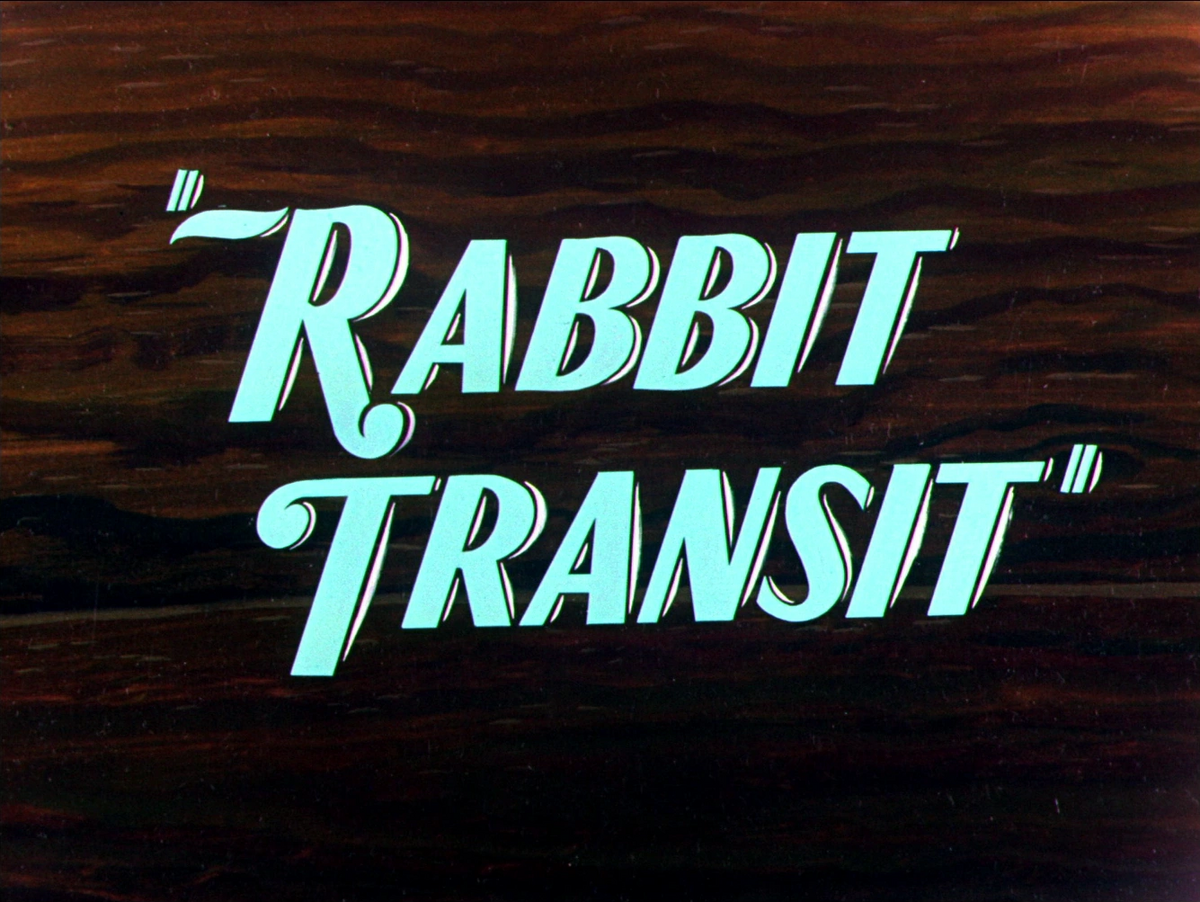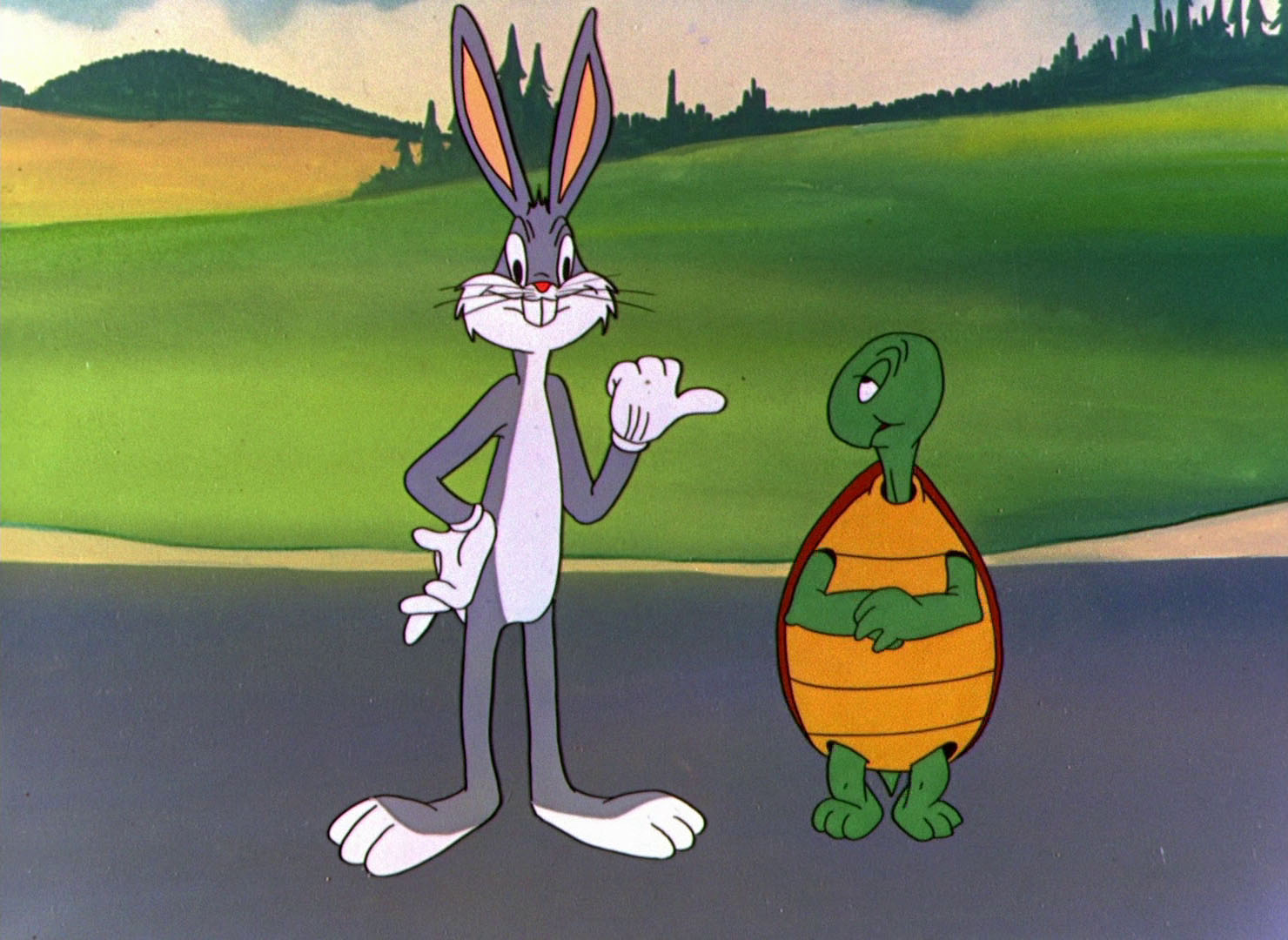Detail Author:
- Name : Dr. Alisa Harris III
- Username : durgan.savanna
- Email : lakin.katelyn@gmail.com
- Birthdate : 1985-06-12
- Address : 124 Don Curve Chancechester, NC 95390-7391
- Phone : 229-535-8538
- Company : Schulist, Rowe and Ziemann
- Job : Rail Car Repairer
- Bio : Quas et magnam modi aperiam rerum. Repellat est sit quas numquam.
Socials
linkedin:
- url : https://linkedin.com/in/ttorp
- username : ttorp
- bio : Molestiae quo similique consequatur laudantium.
- followers : 3709
- following : 453
tiktok:
- url : https://tiktok.com/@torp2001
- username : torp2001
- bio : Harum ut minus molestias numquam quidem. Aliquid repellat placeat minima et.
- followers : 1342
- following : 2515
twitter:
- url : https://twitter.com/tyrelltorp
- username : tyrelltorp
- bio : Enim consequatur totam ducimus dignissimos at explicabo voluptate. Quae quia quia soluta atque doloribus sed. Et expedita qui eum magnam nihil.
- followers : 2185
- following : 2299
facebook:
- url : https://facebook.com/tyrell.torp
- username : tyrell.torp
- bio : Enim eum aut et quos esse repellat.
- followers : 2901
- following : 2664
Have you ever thought about how some old cartoons just stick with you, kind of like a catchy tune you can't quite shake? There's something special about those animated tales that really just, you know, makes you smile. We're talking about the kind of fun that Warner Bros. brought to life, especially with those wacky characters from Looney Tunes.
It's almost as if these brief films, even the ones from a long time ago, still have a way of making us laugh. One particular gem, a very lively animated piece from 1947, still gets people talking. This brief film, with its quick wit and silly antics, brings together two characters in a race that's a little different from what you might expect.
This animated story, you see, is called "Rabbit Transit," and its name itself is a bit of a clever play on words. It really sets the stage for the kind of playful, fast-paced action you're about to witness. It's a prime example of the kind of humor and creativity that made these cartoons so beloved, even all these years later.
Table of Contents
- A Look Back at Rabbit Transit - A Looney Tunes Story
- Who Was Behind the Looney Tunes Rabbit Transit Magic?
- What is the Story of Looney Tunes Rabbit Transit?
- The Race and Its Roots in Looney Tunes Rabbit Transit
- How Does Looney Tunes Rabbit Transit Fit into a Larger Picture?
- The Legacy of Looney Tunes - Beyond Rabbit Transit
- What Makes Looney Tunes So Enduring?
- The Meaning Behind the Name Looney Tunes
A Look Back at Rabbit Transit - A Looney Tunes Story
So, you might be wondering about this particular animated short film, "Rabbit Transit." It came out in 1947, which, you know, was quite some time ago. This little cartoon is part of the well-known Looney Tunes collection of animated pieces. It was put together and guided by someone named Friz Freleng, a person who had a big hand in making many of these classic animated stories. The title itself, "Rabbit Transit," is actually a playful twist on a common saying, making it sound like something fast and quick, which is a bit of a hint about what's to come in the story. It's really just a fun way to start things off, giving you a sense of the humor that's packed into this cartoon. This particular short film made its debut on May 10, 1947, and it features a couple of very familiar faces from the world of cartoons.
Who Was Behind the Looney Tunes Rabbit Transit Magic?
When we talk about who made "Rabbit Transit," the person in charge of its creation was Friz Freleng. He was a significant figure in bringing these Looney Tunes stories to life. He oversaw the making of this particular animated piece, making sure all the parts came together just right. It's kind of interesting to think about how one person guides a whole team to create something that lasts for so long. The brief film itself, "Rabbit Transit," is a 1947 Looney Tunes short, and it's a good example of the kind of work Freleng was known for. He had a way of making these cartoons feel lively and full of personality. This specific cartoon, too, is owned and protected by Warner Bros., the big company that has been behind these animated stories for a very long time. They hold all the rights, as well as Turner Entertainment, ensuring these classic pieces stay available for people to enjoy.
What is the Story of Looney Tunes Rabbit Transit?
The story of "Rabbit Transit" starts in a rather relaxed setting. One of our main characters, Bugs Bunny, is taking it easy in a steam bath. While he's unwinding, he's looking over a book, and what he finds inside is the classic old story about the tortoise and the hare. This old tale, you know, is all about how the slow but steady tortoise manages to win against the much faster hare. This sets up the whole idea for what happens next in the Looney Tunes "Rabbit Transit" cartoon. Bugs, being Bugs, gets an idea from this story. So, he and Cecil Turtle, another character who has appeared before, decide to have their own version of that very same race. It's not just a straightforward competition, though. They both get up to all sorts of tricks and sneaky moves along the way, trying to get ahead of each other and cause a bit of trouble. It's a very back-and-forth kind of competition, full of playful mischief.
The Race and Its Roots in Looney Tunes Rabbit Transit
The competition in "Rabbit Transit" is, in a way, a re-telling of that old story of the tortoise and the hare, but with a Looney Tunes twist. Bugs Bunny and Cecil Turtle are the ones going head-to-head this time. They both make promises not to play unfairly or do anything sneaky, but, you know, that doesn't really last. They end up trying to get the upper hand by bending the rules and messing things up for each other as they go along the course. This particular race isn't the first time these two cartoon personalities have faced off, either. Cecil and Bugs had a similar competition before, back in 1941, in a short film called "Tortoise Beats Hare." So, this "Rabbit Transit" animated piece is actually a continuation of their rivalry, kind of like a next chapter in their ongoing story. It's their final race together in what some folks call the Cecil Turtle trilogy, following those earlier animated films. It shows how these characters have a history, making their antics even more fun to watch.
How Does Looney Tunes Rabbit Transit Fit into a Larger Picture?
This particular animated story, "Rabbit Transit," is actually the third part in a series of three short films featuring Bugs Bunny and Cecil Turtle. It follows "Tortoise Beats Hare," which came out in 1941, and then "Tortoise Wins by a Hare." So, in some respects, "Rabbit Transit" brings their long-standing competition to a close, at least for this specific set of animated pieces. The fact that it's the third installment gives it a bit more weight, like it's the big showdown. The short film itself, as we mentioned, was released on May 10, 1947, and it showcases the kind of lively animation and humor that was common for Looney Tunes back then. All the rights for this specific film, including the characters and the story, are held by Warner Bros. and Turner Entertainment. This means they are the ones who own this piece of cartoon history, along with all the other Looney Tunes and Merrie Melodies works from 1947 and other years.
The Legacy of Looney Tunes - Beyond Rabbit Transit
Talking about "Rabbit Transit" naturally brings us to the bigger picture of Looney Tunes itself. This collection of animated short films is a very well-known American media family, made and shared by Warner Bros. The whole thing got its start as a string of animated brief films that first played from 1930 all the way up to 1969. That's a pretty long run, you know. The Looney Tunes series is thought of highly by many people and has been going on for ninety years in some form or another. It has a varied and colorful group of cartoon folks, like Bugs Bunny, Daffy Duck, Porky Pig, and many others. These characters are known for their simple, amusing, and often adventurous stories. There are even versions where the characters are little ones, like babies, who stay with an older lady, their granny, which is a different take on the classic characters, showing how the series has changed over time.
What Makes Looney Tunes So Enduring?
The Looney Tunes collection of animated films has really lasted a long time and is still popular, which is something to think about. They were thought of very highly when they first came out and were a common sight on Saturday morning cartoon schedules for many years. People just seemed to connect with the silly antics and the distinct personalities of the cartoon folks. This collection of works serves as a full book of information for the entire Looney Tunes family of entertainment, showing how it has continued to be important across different ways of sharing stories. The animated pieces, put together by the Warner Brothers studios starting in 1930, really made a mark. You had people like Eric Bauza, Jeff Bergman, Bob Bergen, and Fred Tatasciore giving voices to these cartoon personalities, helping to bring them to life. It's the kind of fun that, you know, just keeps on giving.
The Meaning Behind the Name Looney Tunes
It's interesting to consider the name "Looney Tunes" itself. The word "loony" means something like foolish or a bit out of the ordinary, maybe even acting in a way that seems irrational. It's another way to say someone is a bit of a lunatic or behaving in a very strange manner. So, the name "Looney Tunes" sort of tells you what to expect from these animated stories – a lot of silly, over-the-top, and sometimes completely wild humor. It’s not about being serious, that's for sure. The name perfectly captures the spirit of the cartoons, which are full of characters who often act in very goofy or eccentric ways. This collection of animated films, with its unique name, has certainly made a lasting impact on popular culture, showing how a little bit of silliness can go a very long way in making something truly memorable.
- Goonies Monster
- Kellye Nakahara
- Its Gonna Be May
- Grimes Reacts To Elon Musk Parading Son Around Oval Office
- Shasta And Dylan Groene


.jpg)